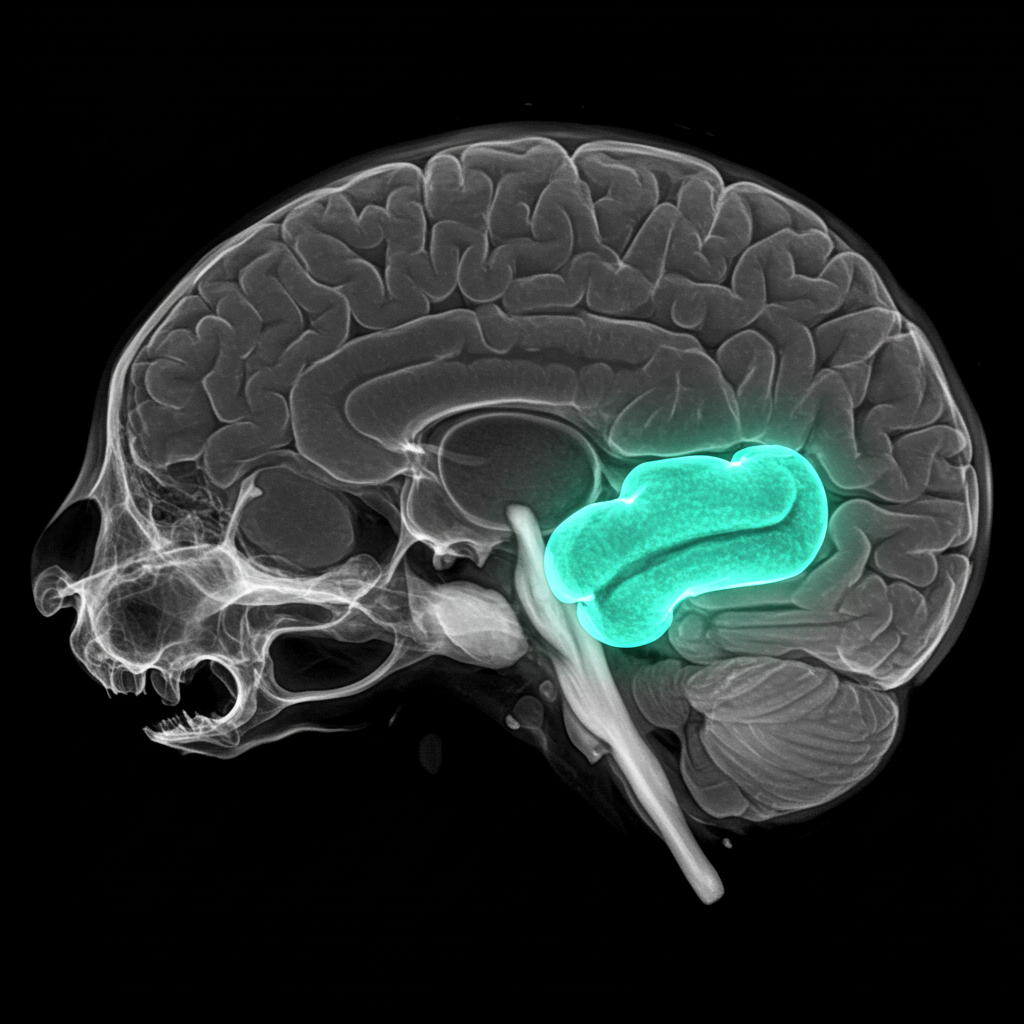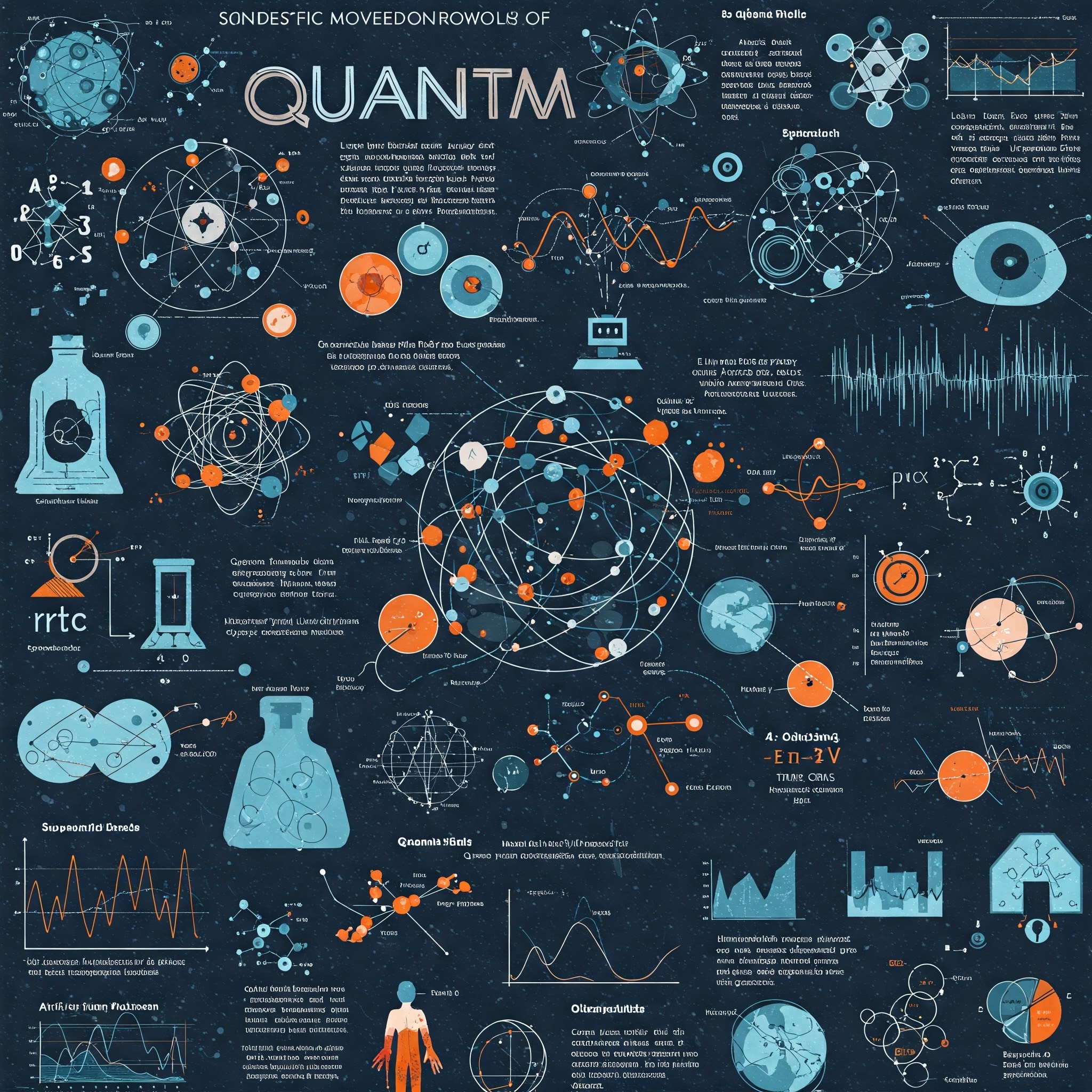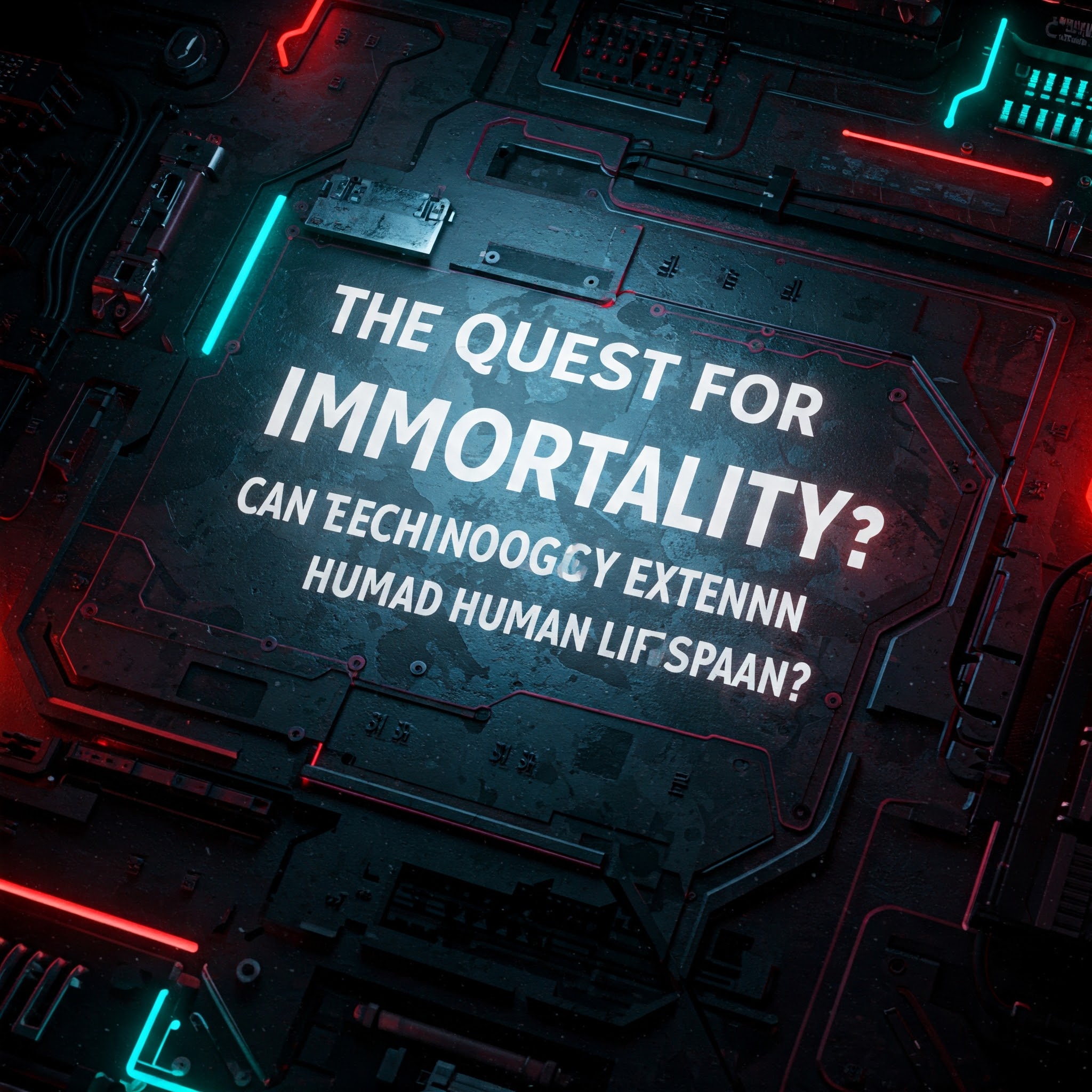The Effect of Vitamins C and E on Memory in Adult Mice

Introduction
Memory is a principal mental cycle that empowers life forms to store, hold, and recover data. In warm blooded creatures, including mice and people, memory arrangement and upkeep are exceptionally subject to the wellbeing and usefulness of the mind. The mind is especially defenseless to oxidative pressure because of its high metabolic action and overflow of polyunsaturated unsaturated fats, which are inclined to lipid peroxidation. Oxidative pressure has been ensnared in age-related mental degradation and neurodegenerative illnesses like Alzheimer’s sickness.
Vitamin C and E are two fundamental micronutrients with powerful cell reinforcement properties. They assume basic parts in killing responsive oxygen species (ROS) and safeguarding cell parts from oxidative harm. This paper investigates the impacts of nutrients C and E on memory in grown-up mice, zeroing in on their systems of activity, trial proof, and likely ramifications for mental wellbeing.
Memory and Cognitive Function in Mice
Mice are generally utilized in neuroscience research because of their hereditary likeness to people, somewhat short life expectancy, and very much portrayed conduct standards. Memory in mice can be sorted into a few kinds:
- Spatial Memory: The capacity to explore and recollect areas, frequently tried utilizing the Morris water labyrinth.
- Working Memory: The ability to hold and control data over brief periods, evaluated utilizing errands like the outspread arm labyrinth.
- Acknowledgment Memory: The capacity to perceive recently experienced articles or conditions, assessed utilizing the clever item acknowledgment test.
These social tests give important experiences into the brain systems fundamental memory and the impacts of mediations like nutrient supplementation.
Oxidative Stress and Cognitive Decline
Oxidative pressure happens when the creation of ROS surpasses the body’s cell reinforcement protections. ROS, for example, superoxide anions and hydrogen peroxide, can harm lipids, proteins, and DNA, prompting cell brokenness and passing. In the mind, oxidative pressure is related with:
- Hindered synaptic versatility.
- Diminished neurogenesis.
- Increased neuroinflammation.
These progressions add to mental deterioration and are seen in both maturing and neurodegenerative illnesses.
Role of Antioxidants in Brain Health
Cancer prevention agents are atoms that kill ROS and shield cells from oxidative harm. The mind depends on both endogenous (e.g., glutathione, superoxide dismutase) and exogenous (e.g., Vitamins C and E) cancer prevention agents to keep up with redox balance. Nutrients C and E are especially significant in light of the fact that they work synergistically to search free revolutionaries and recover one another.
Mechanisms of Action
Vitamin C
Vitamin C, or ascorbic acid, is a water-dissolvable cell reinforcement that assumes a few parts in mind wellbeing:
- Free Revolutionary Rummaging: Vitamin C gives electrons to kill ROS, forestalling oxidative harm.
- Recovery of Vitamin E: Vitamin C decreases the tocopheroxyl revolutionary, recovering dynamic vitamin E.
- Synapse Blend: L-ascorbic acid is a cofactor for dopamine β-hydroxylase, a chemical engaged with the combination of norepinephrine.
- Neurogenesis and Synaptic Pliancy: Vitamin C advances the separation of brain undifferentiated organisms and improves synaptic versatility by tweaking NMDA receptor capability.
Vitamin E
Vitamin E, a lipid-dissolvable cancer prevention agent, basically safeguards cell layers from lipid peroxidation. Its components include:
- Chain-Breaking Cancer prevention agent: Vitamin E intrudes on the spread of lipid peroxidation by giving hydrogen iotas to peroxyl revolutionaries.
- Calming Impacts: Vitamin E represses the creation of favorable to incendiary cytokines and diminishes neuroinflammation.
- Quality Articulation Guideline: Vitamin E balances the declaration of qualities associated with cancer prevention agent protection, for example, glutathione peroxidase and catalase.
Synergistic Impacts of Nutrients C and E
Vitamins C and E cooperate to improve cell reinforcement guard:
- Vitamin E rummages lipid peroxyl revolutionaries in cell films, while vitamin C kills fluid free extremists in the cytoplasm.
- Vitamin C recovers oxidized vitamin E, permitting it to proceed with its defensive job.
- Together, they diminish oxidative pressure more really than either nutrient alone.
Experimental Evidence
Concentrates on Vitamin C
Spatial Memory Improvement: A study by Harrison et al. (2009) found that vitamin C supplementation worked on spatial memory in matured mice. Mice treated with vitamin C performed fundamentally better in the Morris water labyrinth, showing diminished get away from idleness and expanded time spent in the objective quadrant.
Neuroprotective Impacts: Travica et al. (2017) exhibited that Vitamin C decreased oxidative harm and further developed memory in mice presented to ecological poisons. Vitamin C treated mice showed lower levels of lipid peroxidation and better execution in the original item acknowledgment test.
Concentrates on Vitamin E
Mental Upgrade: Joseph et al. (1998) showed that vitamin E supplementation switched age-related memory shortfalls in mice. Matured mice treated with vitamin E performed better in the spiral arm labyrinth, with less blunders and quicker finishing times.
Synaptic Pliancy: A concentrate by Murray and Lynch (1998) found that vitamin E improved synaptic versatility in the hippocampus, a mind locale basic for memory development.
Joined Impacts of Nutrients C and E
Synergistic Cell reinforcement Action: Sumien et al. (2003) revealed that joined supplementation of nutrients C and E was more successful in further developing memory than either nutrient alone. Mice getting the two nutrients showed upgraded execution in the Morris water labyrinth and diminished oxidative pressure markers.
Neurogenesis: A concentrate by Zhang et al. (2010) found that the mix of nutrients C and E advanced neurogenesis in the hippocampus of grown-up mice, supporting mental capability.
Conversation
1. Suggestions for Mental Wellbeing
The discoveries from mouse studies recommend that nutrients C and E could be valuable for forestalling or moderating mental degradation in people. These nutrients might be especially helpful for:
Maturing populaces.
People presented to ecological poisons.
Patients with neurodegenerative illnesses.
2. Impediments of Ebb and flow Exploration
Species Contrasts: While mice are important models, their physiology varies from people, and discoveries may not necessarily in every case decipher straightforwardly.
Measurement and Term: The impacts of nutrients C and E might fluctuate relying upon the dose and length of supplementation. High dosages of vitamin E, for instance, have been related with antagonistic impacts in certain investigations.
Individual Changeability: Hereditary and natural variables might impact the reaction to nutrient supplementation.
3. Future Headings
Clinical Preliminaries: More human examinations are expected to approve the discoveries from creature research and decide ideal doses.
Unthinking Examinations: Further examination concerning the atomic instruments of nutrients C and E could uncover new helpful targets.
Mix Treatments: Investigating the impacts of joining nutrients C and E with different cancer prevention agents or neuroprotective specialists could improve their adequacy.
End
Vitamins C and E assume huge parts in safeguarding against oxidative pressure and supporting mental capability. Trial proof from grown-up mice recommends that these nutrients can further develop memory, especially when utilized in blend. While the outcomes are promising, extra exploration is important to comprehend their possible advantages and applications in human mental wellbeing completely.
Extra Areas to Develop
Definite Components of Oxidative Pressure in the Mind
- Job of mitochondria in ROS creation.
- Effect of oxidative weight on neuronal flagging pathways.
Near Investigation of Nutrients C and E
- Contrasts in bioavailability and dispersion in the mind.
- Explicit jobs in various cerebrum districts (e.g., hippocampus versus prefrontal cortex).
Behavioral Tests in Mice
- Nitty gritty conventions for the Morris water labyrinth, outspread arm labyrinth, and novel article acknowledgment test.
- Translation of results and their significance to human memory.
Human Investigations on Vitamins C and E
- Outline of clinical preliminaries researching the impacts of these nutrients on mental capability.
- Challenges in deciphering discoveries from creature studies to people.
Expected Incidental effects and Security Contemplations
- Chances related with high-portion nutrient supplementation.
- Cooperations with different supplements or prescriptions.





















